D-Day Gallery: Remnants Left in the Sand
Modern Omaha Beach
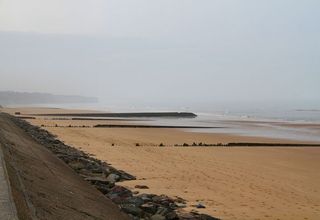
On June 6, 1944, American troops landed on Omaha Beach, in Normandy, as part of an Allied offensive against German-occupied France. Obvious signs of the bloody battle that ensued are long gone from the beach itself, but geologists have found remnants of it among the sand grains.
Omaha Beach Map
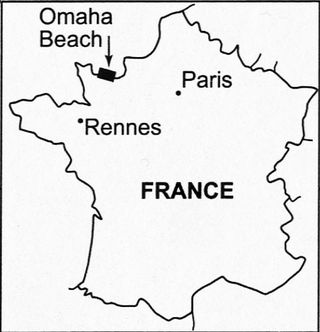
Omaha Beach was one of five Allied landing points along a 50-mile (80-kilometer) stretch of French coastline.
Omaha Beach Sand
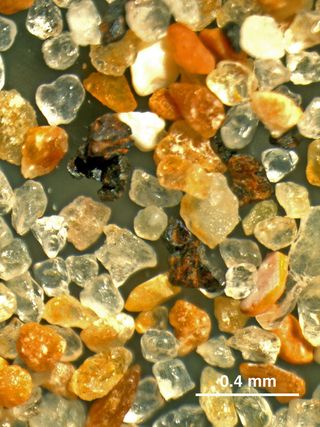
In 1988, geologists Earle McBride and Dane Picard collected a sample of beach sand from Omaha Beach. Back in the U.S., after an initial examination under a microscope, they put aside the Omaha Beach sand as other projects took priority. But about a year ago, they completed their analysis. The sand, as seen through a binocular microscope, is shown above. Rust coated grains of shrapnel are visible in the center of the photo.
Left Behind in the Sand
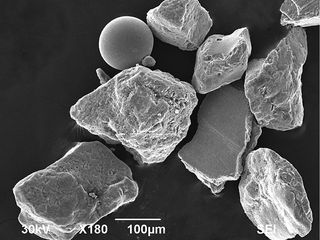
When they examined the sand, McBride and Picard found angular, metallic fragments, which they believe to be the remnants of shrapnel from the battle. They also found iron and glass beads created by the heat of mortar explosions. Above, a scanning electron microscope image of shrapnel grains and an iron bead.
Glass Bead
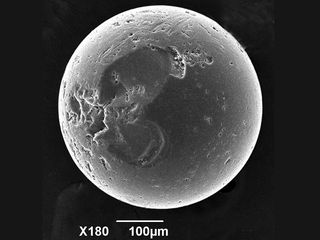
A scanning electron microscope image of a glass bead with divots and scratches. The heat of the explosions during the battle appears to have melted iron and even quartz in the sand, creating beads like this one.
Earle McBride

Earle McBride, above, one of the geologists to discover shrapnel and other microscopic relics from the D-Day invasion on Omaha Beach. He and colleague Dane Picard collected the sand sample in 1988.
Allied Invasion
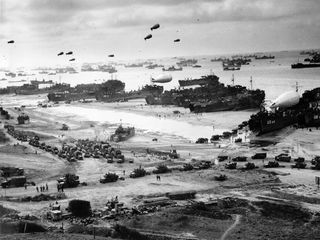
LSTs (Landing Ship Tanks), landing vehicles, and cargo on a Normandy beach, June 1944.
Sign up for the Live Science daily newsletter now
Get the world’s most fascinating discoveries delivered straight to your inbox.
D-Day Casualties
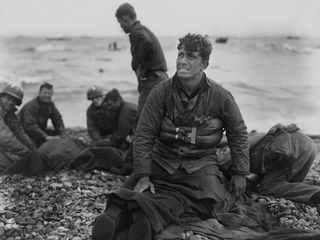
US Army soldiers recovering remains of comrades at Omaha Beach, Normandy, France, June 6, 1944.












